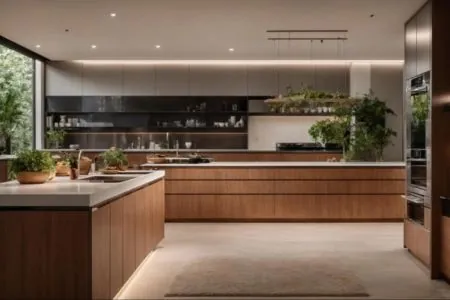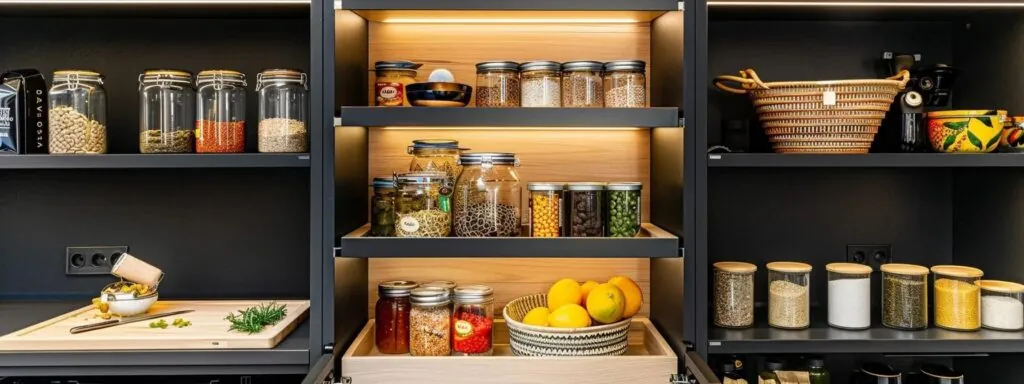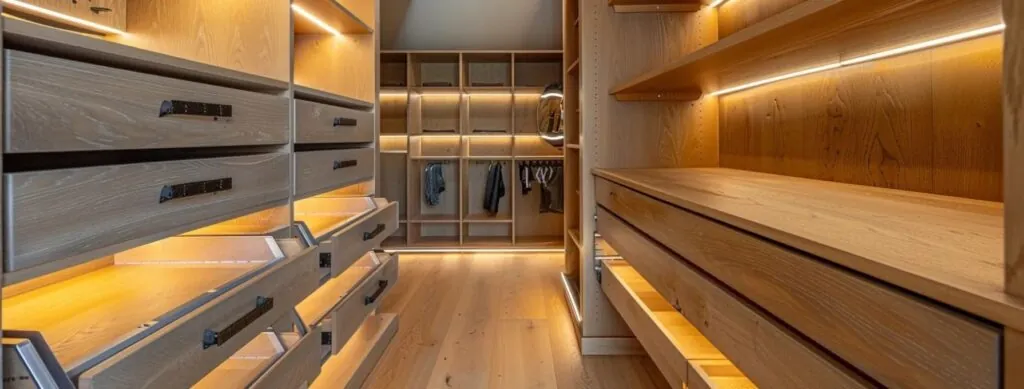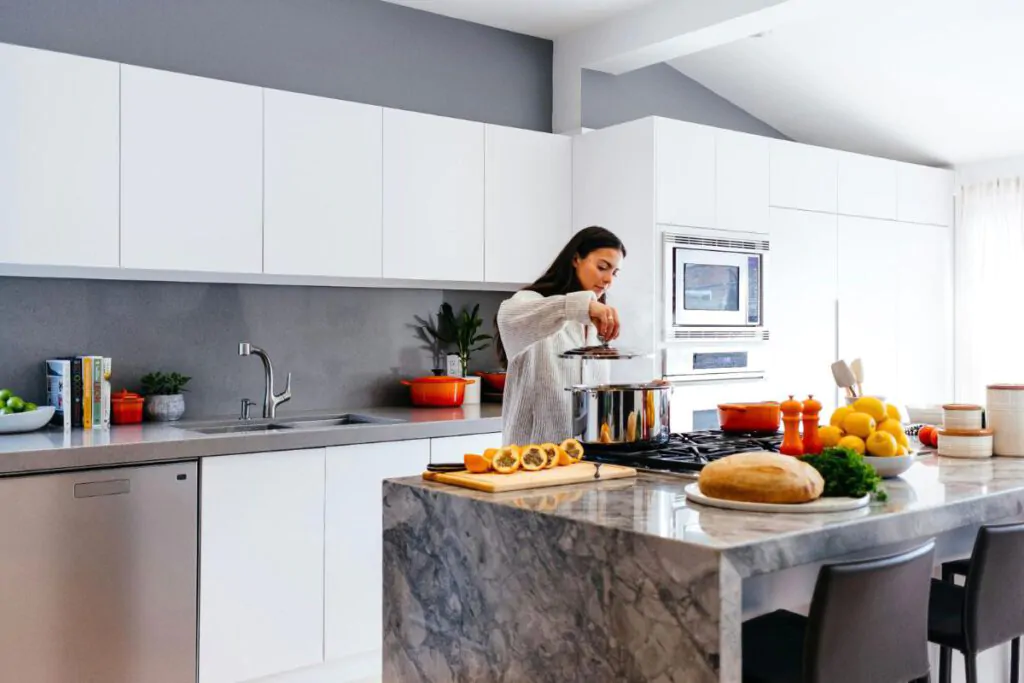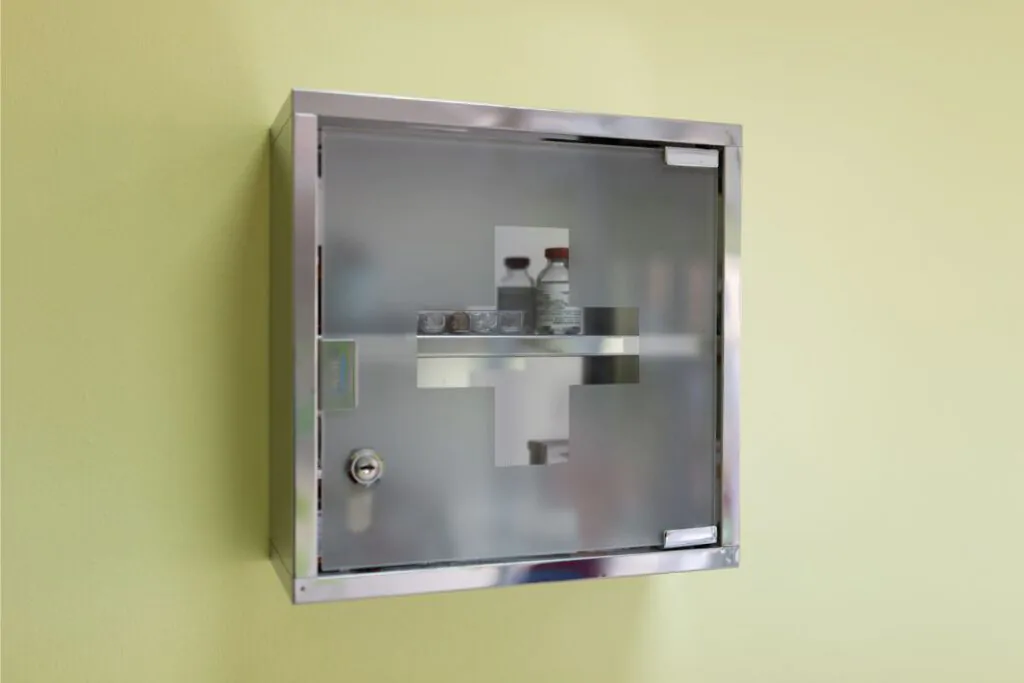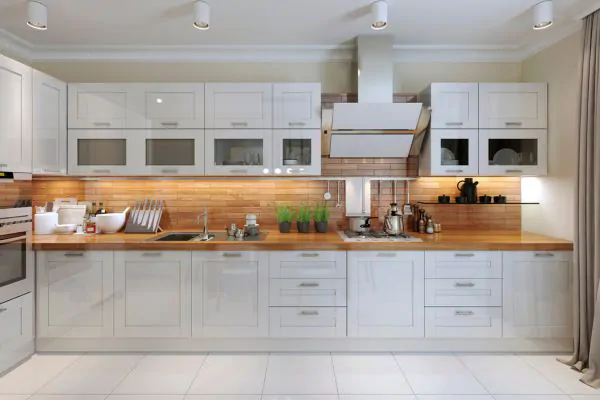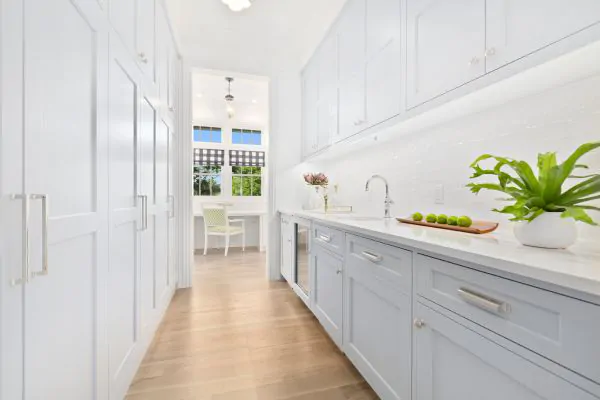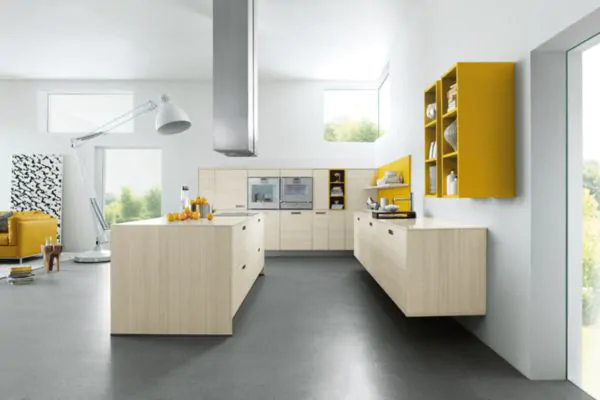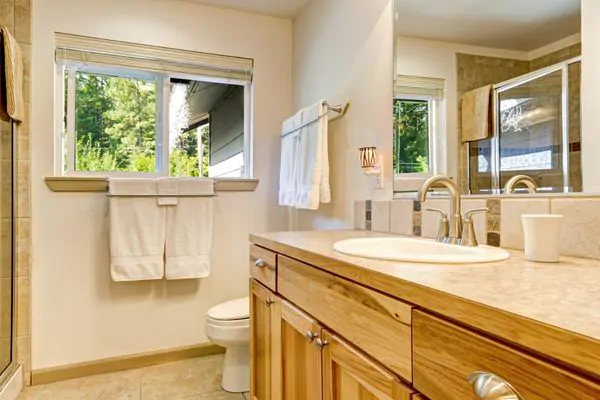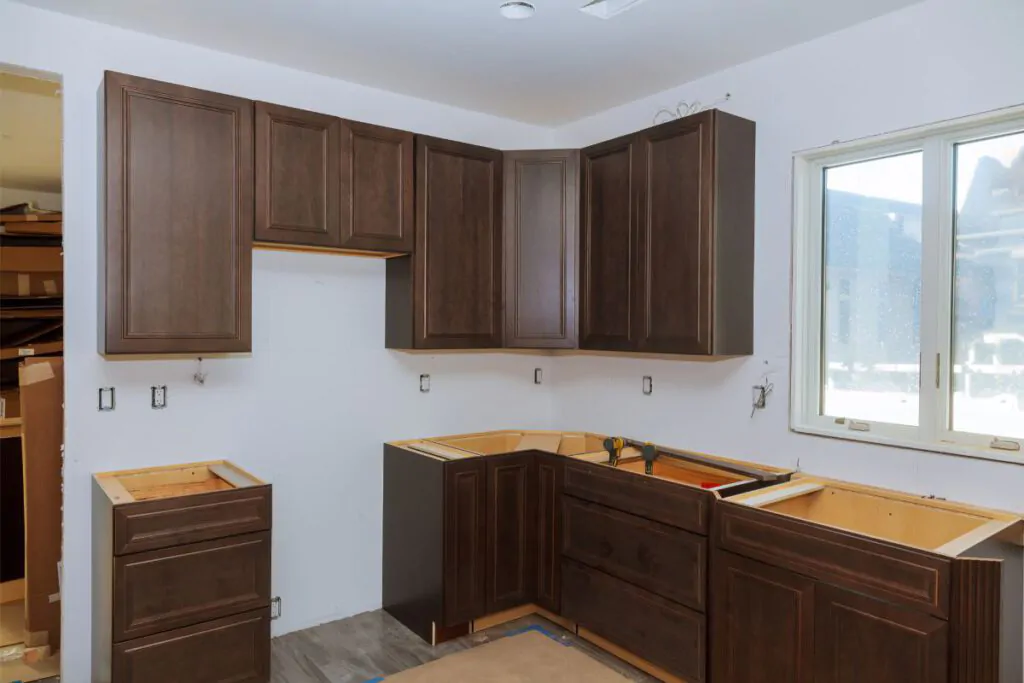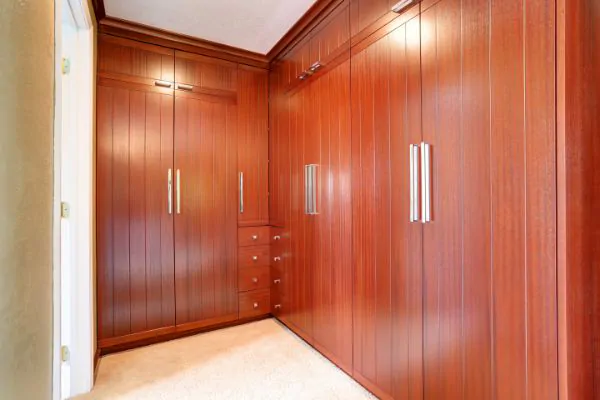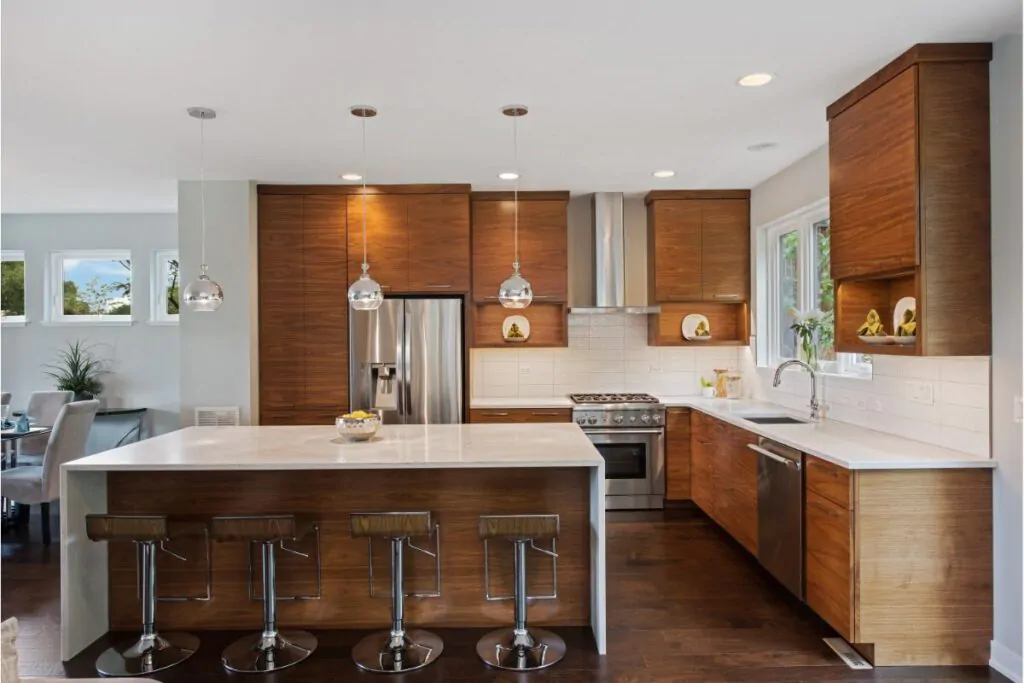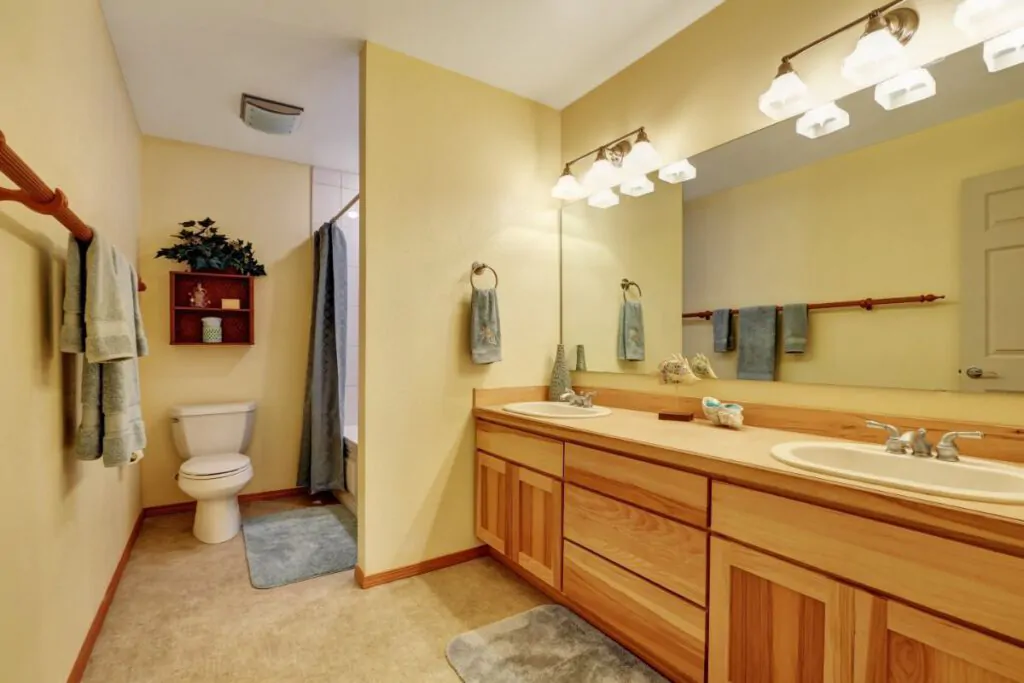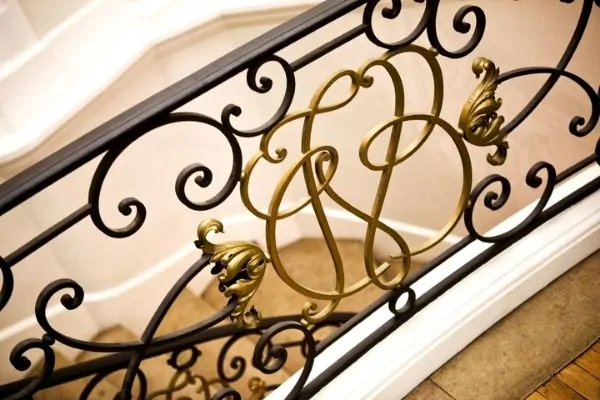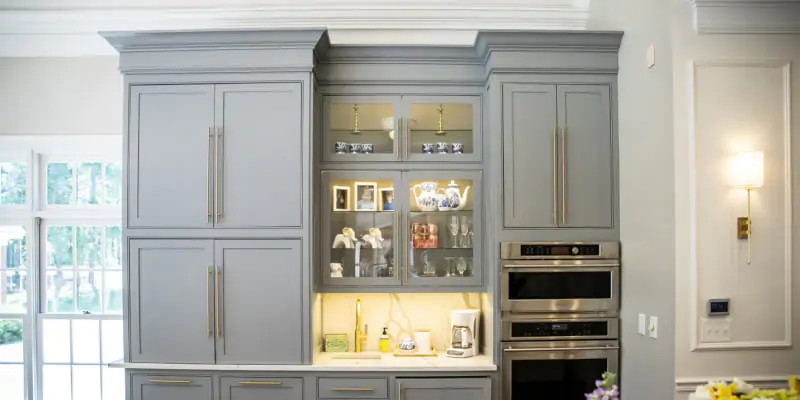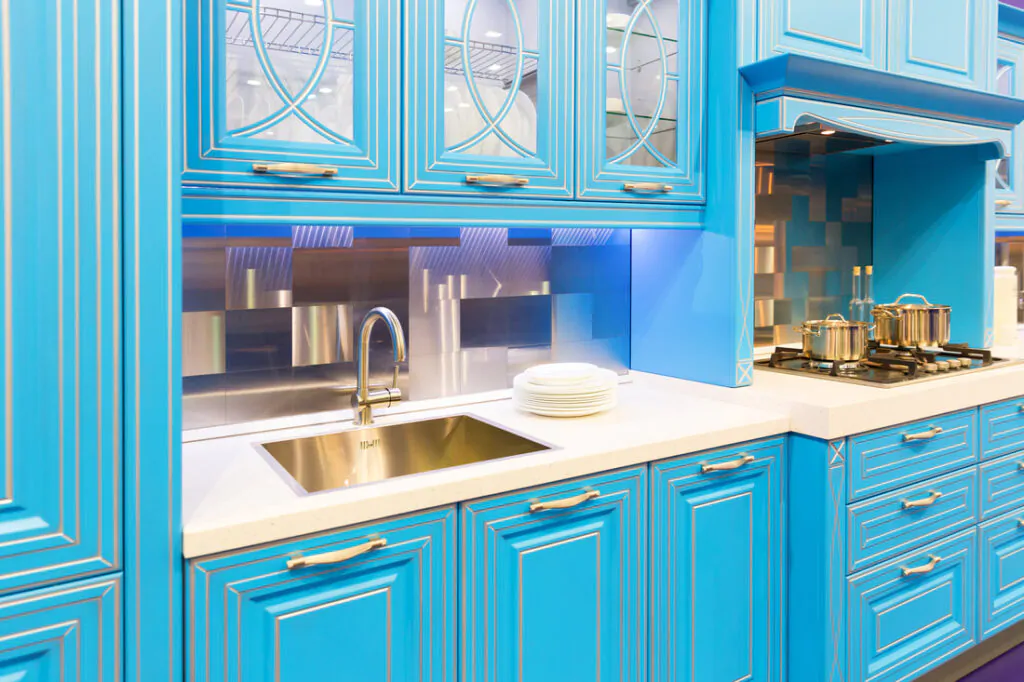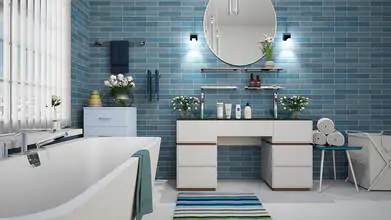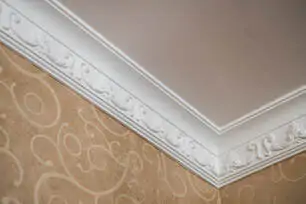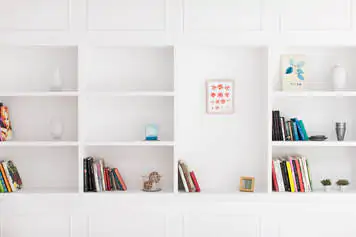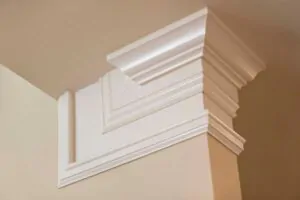
The first thing you might think of when you hear the word molding is either a formal living room or a fancy dining room, which likely has a classic style. However, wall molding has many other purposes beyond aesthetics. Aside from setting the style and tone of a room, they also protect the walls from being damaged by furniture and cover gapping areas.
While molding elements such as the baseboard, casing, and crown can significantly impact your home’s overall look and feel, you might still be confused about their difference. Because of this, you may find it hard to choose which type of molding can make your walls and ceilings look more exciting and enjoyable.
Here’s your chance to learn more about the different molding types and how and where you can use them.
Brief History of Molding
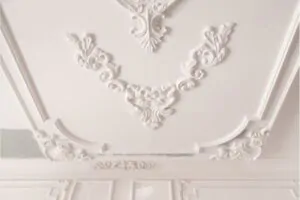
Many of the wood trim patterns used to frame windows and doors in houses were all inspired by the designs built by ancient Greek and Roman architects. Buildings have been decorated with carvings and moldings to break up the monotony of their surfaces and highlight their architectural lines.
Eventually, moldings were incorporated into private residences. However, only the privileged could afford them. These objects were costly since they were skillfully sculpted using hand tools. The molding machine, often known as “the sticker,” was created in the 19th century. Wood trim’s cost decreased when it was made available in large quantities, which made it affordable to ordinary homeowners.
Molding serves three main things:
1. It beautifies a space.
2. It fills in spaces between the ceiling and walls or floor.
3. It covers the surfaces of walls.
There are many types of molding, including shapes and lengths up to 16 feet (most lumberyards carry these lengths, but hardware stores and home centers may not).
Related Post: Enhancing Your Home with Decorative Moldings
4 Types of Decorative Moldings
1. Crown Molding
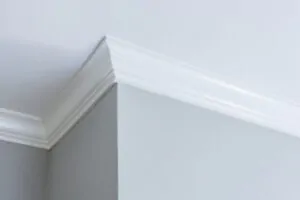
Crown molding, as the name implies, is a decorative element extending from the ceiling to the wall. It is also known as cornice molding, and its style can range from complex with decorative cutouts to straightforward and linear.
This molding sits on the wall and ceiling to improve visibility from below to hide flaws. Corinthian, Doric, contemporary, and art deco are just a few of the various architectural eras represented by the hundreds of patterns and styles that are made available. Crown moldings can make the ceiling seem higher since they extend upward from the walls and form a gradual transition from the wall to the ceiling.
2. Chair Rail
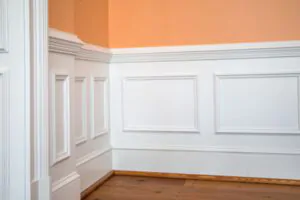
The sole purpose of this thin wooden element, which horizontally divides a space at heights between 36 and 45 inches, is to shield the wall from dents and scratches brought on by chairs. A chair rail makes a visual divide in the room or wall and can be a terrific way to integrate two paint colors, one above the rail and the other below. Chair rails are typically installed 36 inches above the floor for practical reasons, but they can be installed at any height.
3. Picture Frame Molding
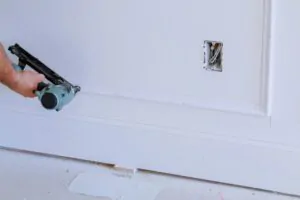
Picture frame moldings are what they seem to be: empty squares or rectangles. They smartly accentuate the walls in stairwells and hallways and simulate paneling on a plain wall expanse. The ceiling can also be decorated with frame molding to resemble a tray or coffered ceiling, which usually goes with chair rails.
The wooden panels are typically put on the bottom level of walls and can be used to crown wainscoting. It offers the same benefits as a separate rail while giving the wall another decorative element.
4. Casing
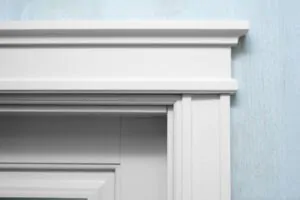
Casing is the molding that surrounds window or door openings and can either be inside or outside. Typical casings in these locations are 2 to 3 inches wide, although deeper designs provide a decorative shelf. Providing a smooth continuous surface that you can adjust to emphasize the room’s design, casing refines the appearance of doors and windows.
Final Thoughts
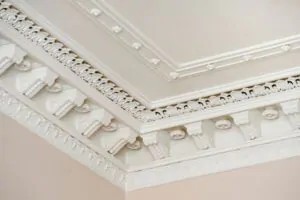
The uniqueness of every home is a reflection of its owner’s preferences, aspirations, and way of life of the people in it. There are certain features that all great homes share, regardless of the furnishings or design. You can design your gorgeous living area. All you need is creativity, resourcefulness, practicality, and a little help from our team to achieve that classic elegant look you always wanted for your home.
When it comes to architectural moldings, you want to work with someone with experience helping with all kinds of projects. For high-quality architectural moldings, only trust South Shore Custom Cabinets. We are dedicated to helping you achieve the look and style you desire.
Contact us today to get your free instant quote for our services!
FAQs 4 Types of Decorative Molding for Your Home
What is the name of the molding that you see around a door or window?
The molding around a door or window is called casing. It serves both decorative and functional purposes, covering gaps between the frame and the wall while adding an elegant architectural detail. Casings come in various decorative molding types and styles, from simple, clean lines to more ornate designs that enhance a home’s character. Traditional homes often feature wide, layered casings with intricate profiles, while modern designs lean toward minimalistic, streamlined options. Homeowners can customize casing materials, finishes, and shapes to complement their interior aesthetic. Whether you prefer a classic or contemporary look, well-crafted casing creates a polished, cohesive appearance.
What is highly decorative trim called?
Highly decorative trim is often referred to as ornamental molding or elaborate millwork. This includes intricate designs like crown molding, dentil molding, or panel molding, commonly found in traditional or historic homes. These moldings enhance walls, ceilings, and architectural features, adding depth and elegance to a space. Some styles, like egg-and-dart or acanthus leaf designs, are influenced by classical architecture, while others, like beadboard or wainscoting, create textured visual interest. Whether used to highlight ceilings, frame doors, or embellish staircases, ornamental trim elevates a home’s aesthetic with timeless sophistication.
What is decorative molding called?
Decorative molding is broadly known as trim or architectural molding and includes various types such as crown molding, baseboards, chair rails, and wainscoting. Each serves a different purpose, from enhancing ceilings to protecting walls from damage. Some moldings, like picture rails or cove molding, add function and style. Decorative moldings date back centuries, drawing inspiration from Greek and Roman architecture. They remain a staple in interior design, available in wood, plaster, or modern materials like polyurethane. Whether you aim for a grand, historic look or a subtle touch of elegance, decorative molding enhances any space beautifully.

